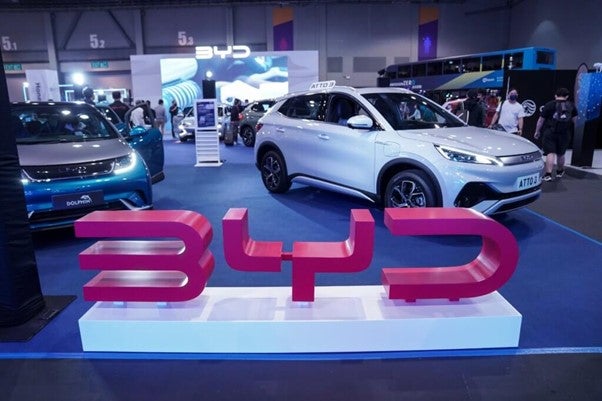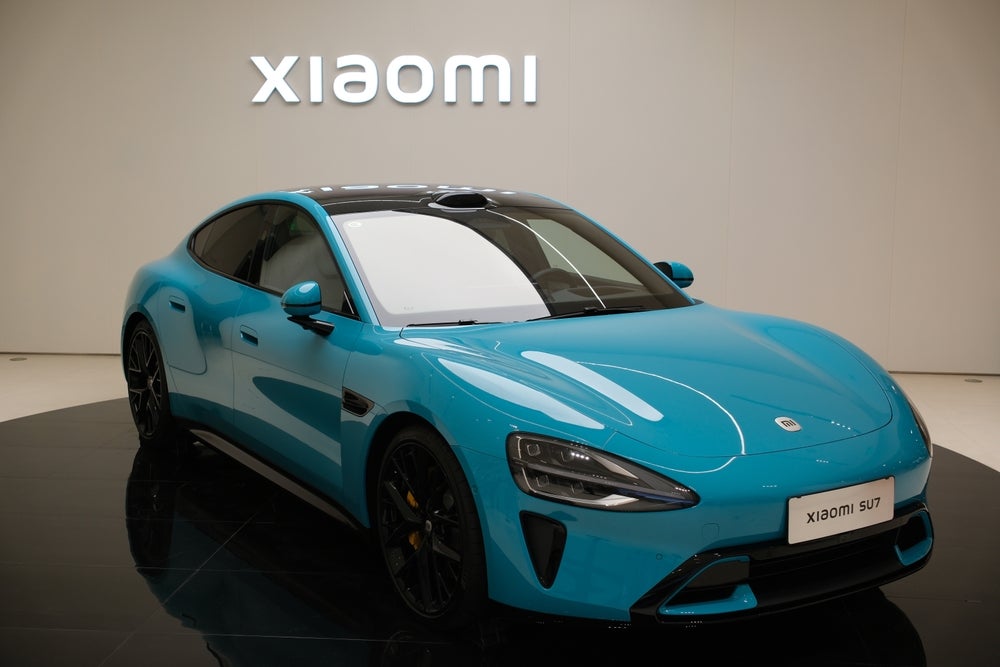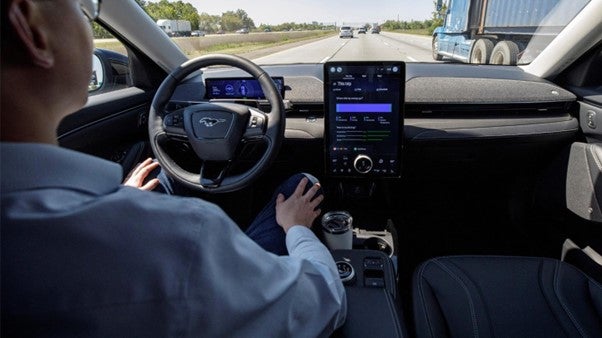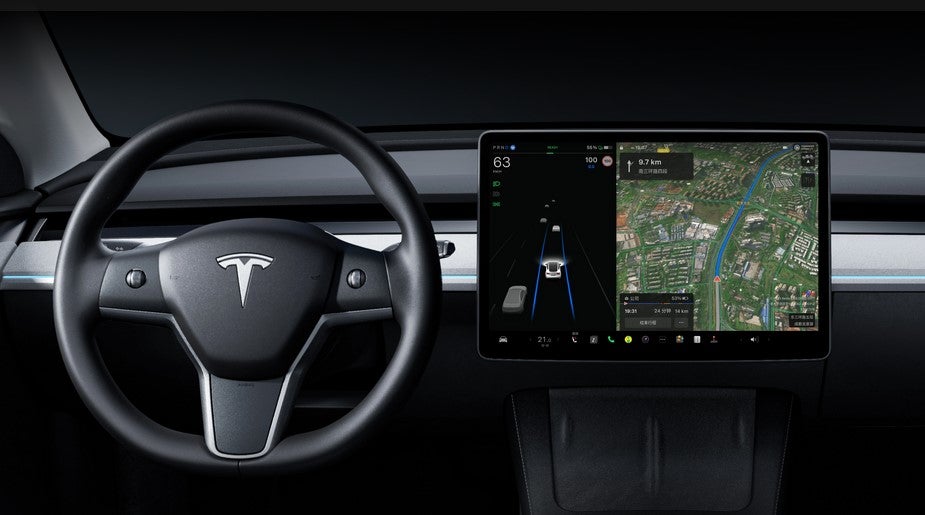The timing of Daimler’s latest investment programme for China couldn’t have been better for the firm and for German financial sensibility in general. While leaders elsewhere in Europe having been pressing Beijing for help in refinancing their national lines of credit, Angela Merkel and Wen Jiabao cosied up for the cameras, the German leader seeing herself as very much the equal to the Chinese PM.
The announcements that revealed the level of investment to be made by Daimler and its Chinese state-run partner spoke of a “successful co-operation” and “a long term partnership”, on the German side at least. For Beijing Auto, having one of the world’s largest truck makers and most prestigious carmakers as but one of your strategic collaborators (Beijing Hyundai being the other main foreign JV) certainly makes for great PR at home.
For Daimler, the visit by Mr Wen and the resulting foreign investment statement was also no doubt meant to keep Germany’s metal working unions on their toes. The company has good relations with its domestic workforce but the June 2008 announcement of a new small car plant in Hungary ruffled feathers within the ranks of IG Metall. Lavishing EUR2bn on another foreign operation to manufacture compact Mercedes-Benz models, this time in Beijing, makes the case crystal clear: the era of building relatively low-priced models in high-cost Germany is ending.
The Rastatt plant in Germany which makes the existing A-Class and B-Class will, the company insists, build various derivatives of the forthcoming four-vehicle range that Daimler will soon begin to roll-out to replace today’s models. But no one doubts that the new plant at Kecskemét will soon become the main European source of small vehicle build in Europe.
As for EU markets, so it is for China. The B-Class has sold relatively well in the PRC as an import but whether or not the little car is presently profitable there is debatable. The same applies to the smart fortwo range but it’s interesting that the investment announcement does not extend to smart production. For now at least, Mercedes-Benz Passenger Cars sees the chance to, if you’ll pardon the pun, start small and build from there.
Daimler is clearly adopting the philosphy that has served two of the world’s most successful manufacturers so well – make them where you sell them, as Honda and Toyota have traditionally done. The wisdom of that idea can certainly be challenged in times of national economic storms as has been the case in the US and parts of Europe since 2008, but in the long term, it continues to be proven as the right idea.
How well do you really know your competitors?
Access the most comprehensive Company Profiles on the market, powered by GlobalData. Save hours of research. Gain competitive edge.

Thank you!
Your download email will arrive shortly
Not ready to buy yet? Download a free sample
We are confident about the unique quality of our Company Profiles. However, we want you to make the most beneficial decision for your business, so we offer a free sample that you can download by submitting the below form
By GlobalDataThe potential genius of Daimler’s targeted investment in China for build of the next B-Class and related small models, as well as the larger GLK-Class is that it appears to have caught Audi off-guard. The Volkswagen subsidiary remains the dominant force in the world’s largest national market for premium brand vehicles but much of that is due to continued patronage by civil servants, of the locally-built A4 and A6 sedans. Can that continue? It seems unlikely. Already the extended wheelbase BMW 5 Series and Mercedes-Benz E-Class sedans are growing in popularity, especially as China’s aged A6 L is in the last year of its lifecycle.
Audi says it has no plans to make the A1 in China and there is as yet no official announcement on where the next A3, due for launch in Germany within the next six months, might be locally made. Both Shanghai Volkswagen and FAW Volkswagen have 300,000 unit-per-annum plants on the way, so you can be sure that the A3 will be made in one of them. That might not be until 2013, however, so Daimler could well have a big advantage if it can get the B-Class into production before then.
The GLK-Class is already halfway through its lifecycle but the segment in which it competes is not yet as large as it could be in China. The Audi Q5 has been built alongside the A4 sedan in Changchun since March 2010, while its rival the X3 is expected to be made in Shenyang by Brilliance and BMW from 2012 but this is yet to be confirmed. So the decision to build the GLK in Beijing is brave, but it could well pay off should medium-sized crossovers start becoming more popular.
Where Daimler could have a real advantage over Audi is in its decision to make a smaller model in China. The name is not yet confirmed, but BLK-Class seems likely. This crossover would be slightly smaller than the BMW X1, which has been built in China since August 2010. Audi is not expected to start making its own competitor, the Q3, until at least 2012. It could possibly add it at Changchun, but it may well have to wait for one of the Volkswagen Group’s two new plants to be finished before entering production as late as 2013.
And so finally to the A-Class, undoubtedly the other of the three small models that will be made in China by Beijing Benz (only the B-Class has been officially identified by model name). In Europe, this will be Mercedes-Benz’s first direct rival for the Golf, a car that in China has never been a mainstream model. So just how Daimler will pitch it to Chinese buyers remains to be seen.
Beijing Benz may dare to sell its forthcoming A-Class at prices that would draw in those currently attracted to the Buick Excelle sedan and hatchback range. In May, GM China sold 31,414 units of this car, making it the country’s number two best seller behind the Wuling Sunshine and derivatives. For the year to date, the Excelle’s sales tally is an impressive 155,474 cars. Those numbers will be the envy of all GM’s rivals and the reason, no doubt, why Audi China is planning to build a special four-door version of the next A3.
The specifics of Daimler’s small car plans might as yet be officially vague in nature but as the above analysis shows, within two short years, should it have read the potential future market correctly, the company might well have placed itself firmly on course to catch and even overtake Audi in China. There is much work to do, however, as while Mercedes-Benz sales are rising rapidly, they trail both BMW and Audi, totaling some 76,000 vehicles for the year to the end of May.
As for BMW Group and Audi’s reaction to this new Beijing Benz investment programme, it would be surprising if it let Daimler hog the limelight for long. Expect to hear a lot more about premium-brand future small cars and crossovers for China in the coming weeks and months.
Author: Glenn Brooks







